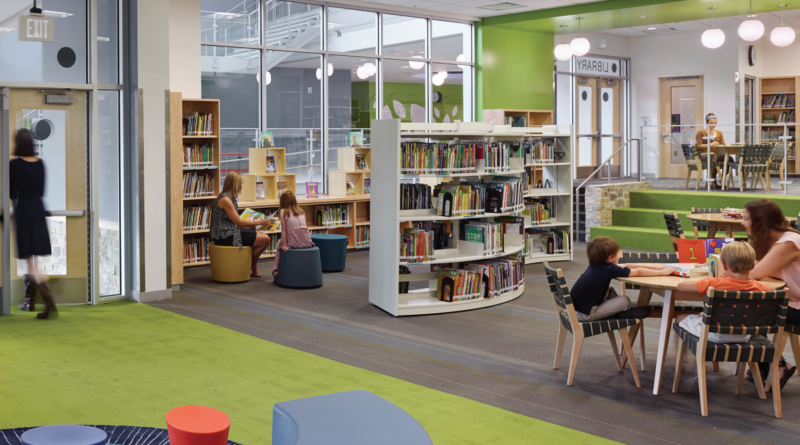Advanced Energy Design Guide Shows Schools How to Achieve Net-Zero Energy
ATLANTA — Knowledge is power. And — not to get too literal about it — so is renewable energy. It was only a matter of time before groups including ASHRAE (once known as the American Society of Heating, Refrigerating and Air-Conditioning Engineers), American Institute of Architects (AIA), the Illuminating Engineering Society (IES) and the U.S. Green Building Council (USGBC) would get together and combine the notions. And — voila! — the Advanced Energy Design Guide for K-12 School Buildings – Achieving Zero Energy.
With support and funding from the U.S. Department of Energy (DOE) through the National Renewable Energy Laboratory (NREL), the trade groups have produced a free publication for download by administrators, contractors, consulting engineers, architects, designers and of K-12 school buildings to learn how to design and create net-zero energy buildings — and save money in the meantime. Net-zero energy use refers to the status of a building that draws from outside resources equal or less energy than it provides using on-site renewable energy sources.
The new guide expands on Atlanta-headquartered ASHRAE’s previous publications regarding advanced energy design and provides specific guidance for on-site implementation of renewable energy practices. It also provides a set of energy performance goals for reaching the Holy Grail of net-zero energy. Moreover, the benchmarks are provided for all ASHRAE climate zones, including site and source energy.
As Jean-Claude Brizard, partner and vice president at Cross & Joftus wrote in the guide’s forward: “Zero energy may not be essential to the success of such schools, but in the hands of creative, innovative educators it provides abundant opportunities for authentic, problem- and project-based learning.”
The guide is optimized for K-12 school buildings, including elementary, middle and high schools, and covers such space types as administrative and office space, classrooms, hallways, restrooms, gymnasiums and multipurpose rooms, libraries, and food preparation and dining areas. It also puts an emphasis on environmental stewardship, as it observes in its first chapter, “A zero-energy school signals a shift toward recognizing and protecting natural resources and mitigating climate change to the entire community.”
Download the free guide here.

